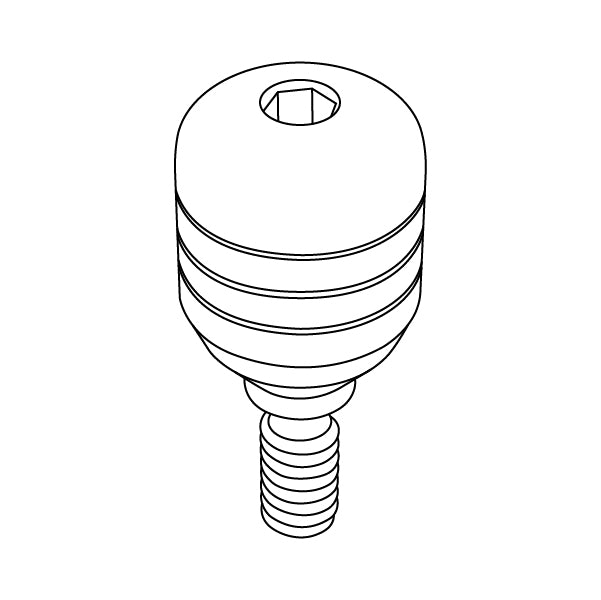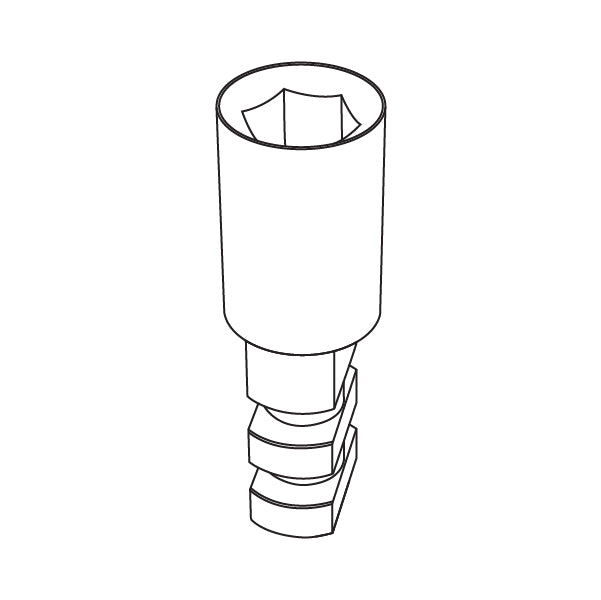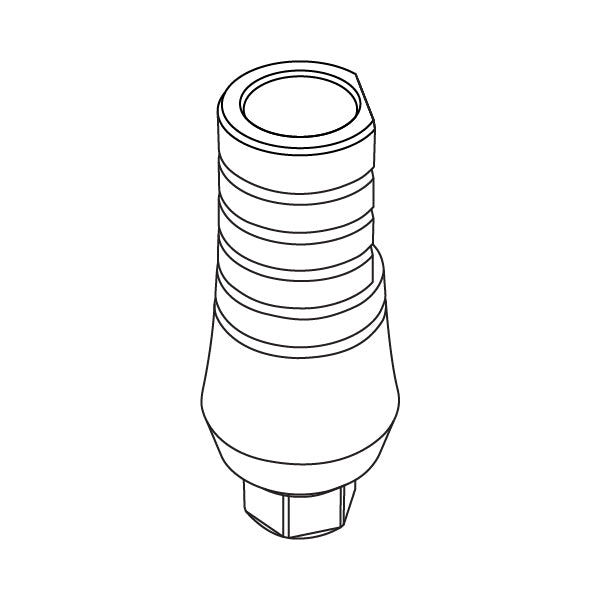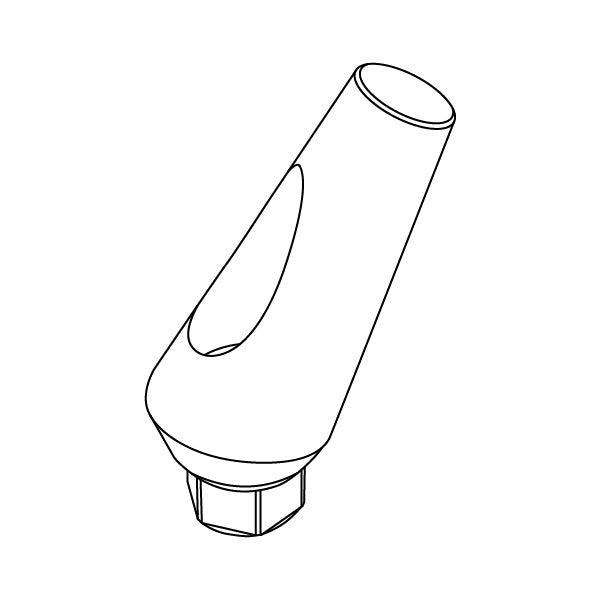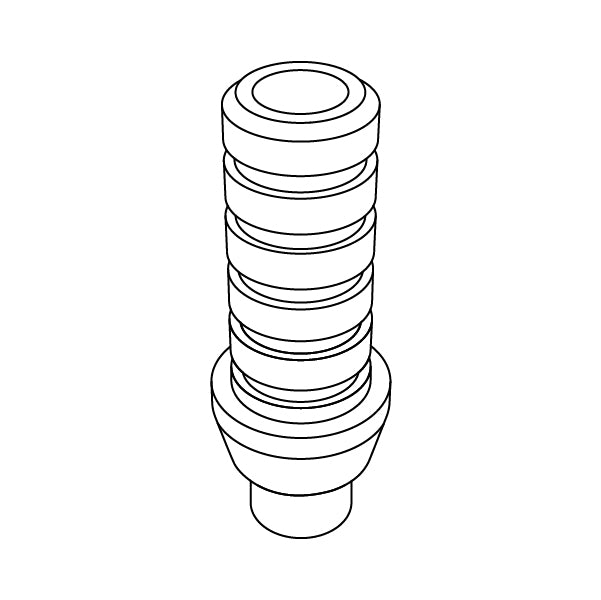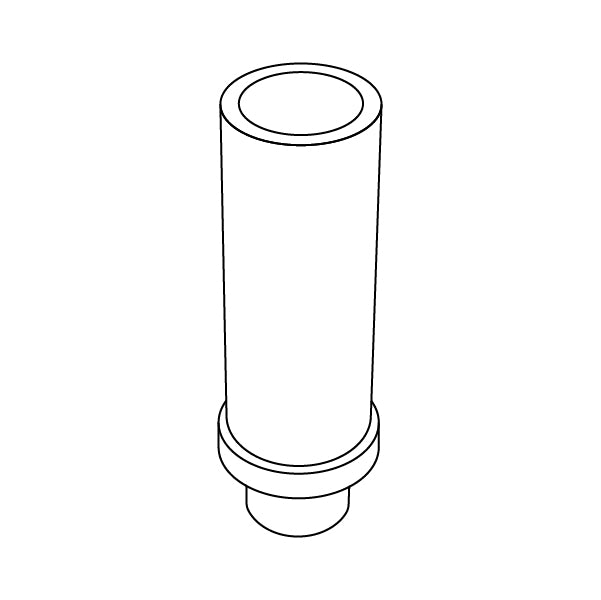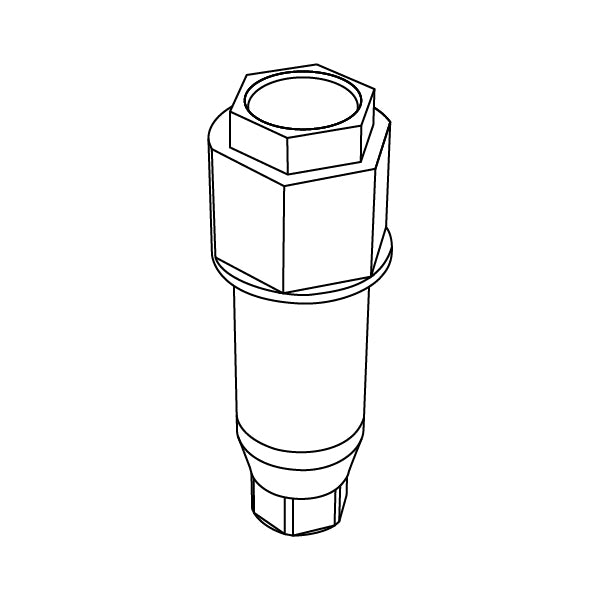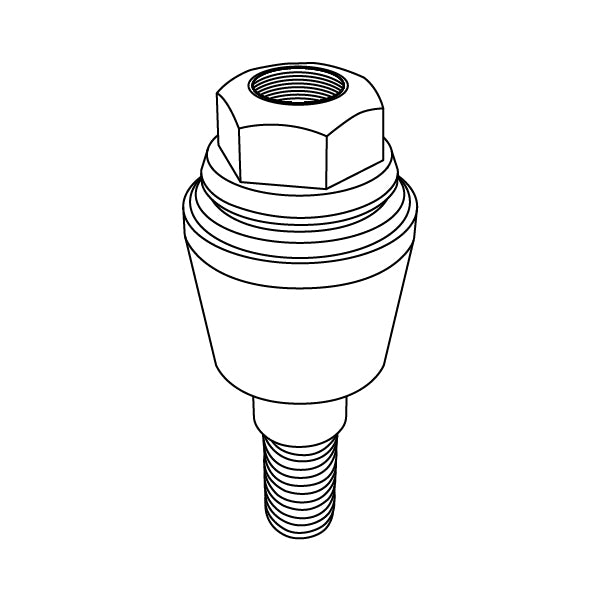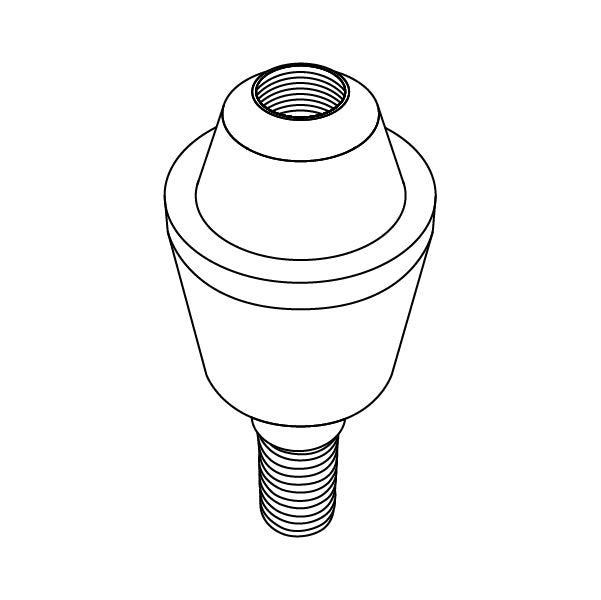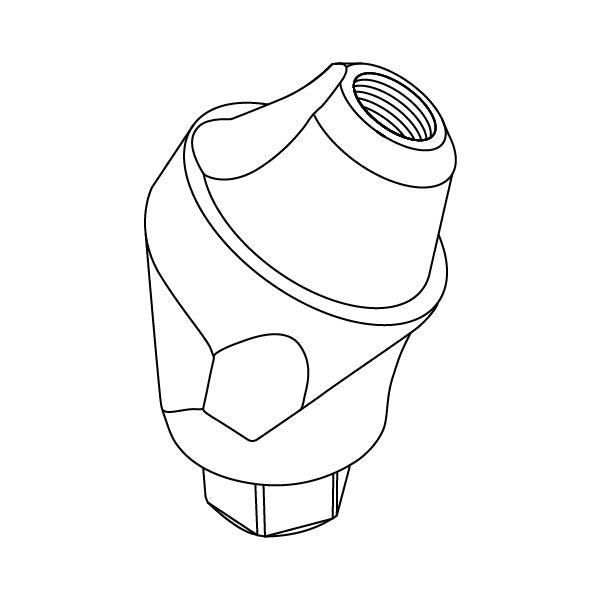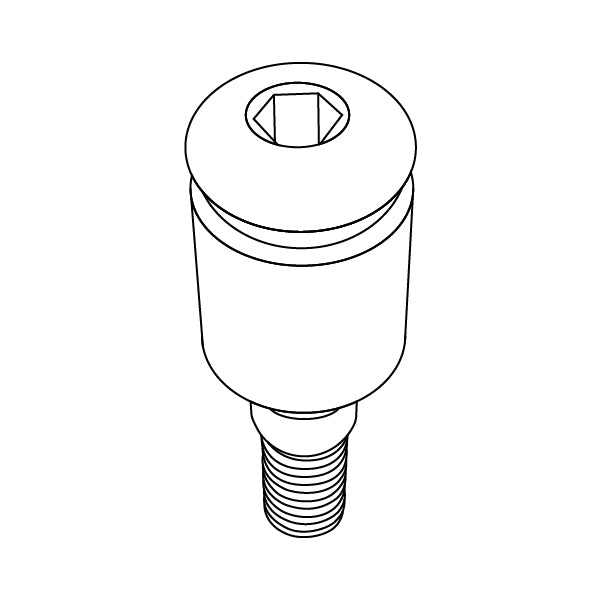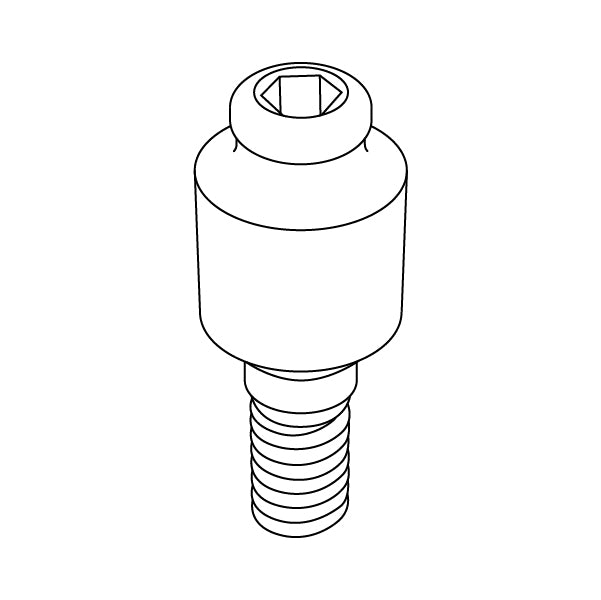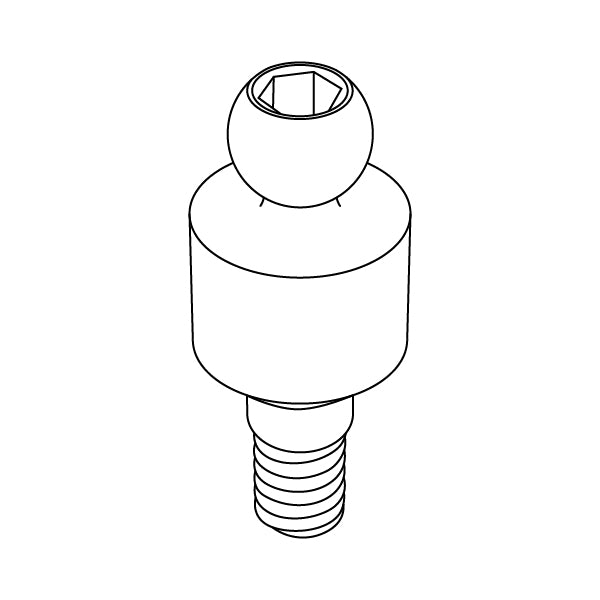Zirconia abutments provide a subtle and aesthetic alternative to traditional metal implant abutments. With their natural white tone, zirconia abutments blend seamlessly with surrounding teeth, offering a more natural look.
Our range of zirconia abutments includes various options to meet your needs. We provide zirconia abutments with a durable titanium base, as well as angulated options to accommodate different clinical scenarios.
FAQs
It’s an aesthetic solution to implants, serving as a versatile and visually appealing alternative to traditional metal abutments, which can be either custom-made or prefabricated.
The beauty of zirconia abutments is that they’re flexible and suitable for a wide range of treatments.
There are many scenarios where you could use a zirconia abutment. Particularly, we recommend using zirconia abutments in scenarios where the patient has thin gingival tissue, enhancing both the functional and cosmetic outcomes of the implant.
The best part about zirconia abutments is its esthetic benefit.
Zirconia is known for having a white tone. It blends in seamlessly, ensuring you don’t have to worry about trying to match the shade of adjacent teeth while hiding the abutment.
However, looks aren’t the only benefit of zirconia abutments. This material is also known for having great mechanical strength. Our products will accumulate less dental plaque and promote higher biocompatibility, which is great for avoiding future problems.
There are slight differences between zirconia and titanium abutments. As you may already know, titanium is the most popular material worldwide because of its low cost and strength.
While both options are great for dental implants, you should be aware of what makes them different besides the looks:
- Zirconia isn’t as strong as titanium.
- Peri-implant soft tissues around zirconia materials could heal quicker compared to those in contact with titanium.
- Zirconia has lower fracture toughness and tensile strength compared to titanium.
In other words, titanium may offer greater strength and durability compared to zirconia. Remember to check your patient’s case thoroughly to find the ideal treatment option for them.
Zirconia’s lack of strength compared to titanium is probably its biggest disadvantage. It may not be the right fit in specific scenarios. If you have to design the abutment in a way that the axial walls are excessively thin because of the implant’s position, for example, you may want to go for titanium instead.
Typically, the weakest part of a zirconia abutment is at the internal connection level. To enhance the durability and strength of our zirconia abutments, we incorporate a titanium base in their manufacture, addressing this common vulnerability effectively.
Also, some products experience low-temperature degradation as they age. This means that the mechanical properties of your abutment could degrade over time, making it less resistant.
We always advise dental professionals to prioritize their patients' needs when selecting products. If you assess that a zirconia abutment is suitable for the treatment, it can be an excellent choice to consider.

